Loren
I’m a natural process paint spiller, general cat utility, husbear, and occasional writer. Thank you for stopping by!
- 75 Posts
- 7 Comments
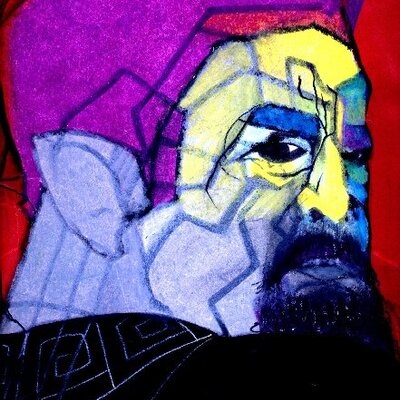
 2·11 months ago
2·11 months agoI will, and thank you again also!

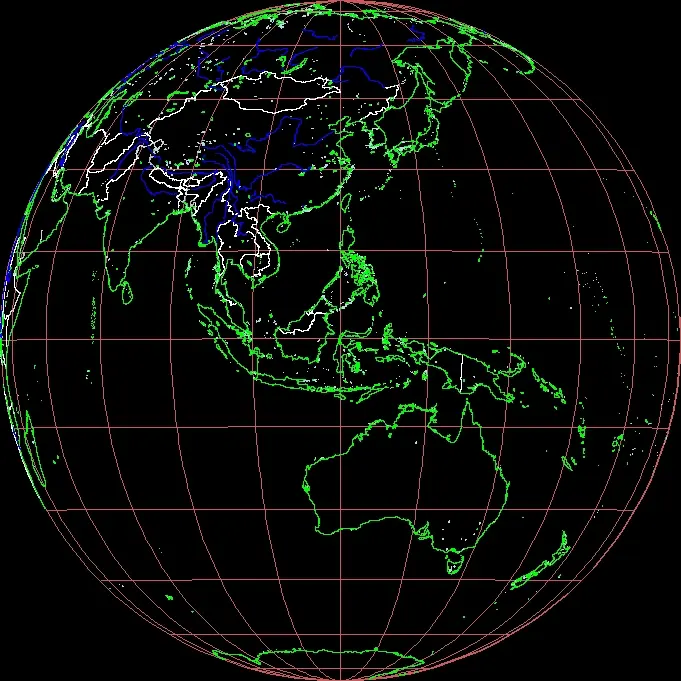 2·1 year ago
2·1 year agoAnother thing that’s always intrigued me about it is that not only is it “analog”, it doesn’t even require electricity, at least for the audio portion. Sound waves could mechanically move a needle through warm wax which was spinning on a turntable at a regular rate with a hand-turned crank, across a screw drive. That needle would leave a spiral groove in a wax disk (or cylinder) that could be cast in metal using the “lost wax” method of casting. The reverse process would occur during playback, when the needle would read the data that was already recorded, and vibrate a mechanically amplified tympanum. I still don’t know enough about the image recording process to say whether that could be done without electricity, but I know that its inception and the development of electricity happened very close together. There’s no real reason I can think of why the Ancients could not have made something similar for recording audio and playing it back. The first phonographs did not use electricity!

 3·1 year ago
3·1 year agoThank you!! That is an amzing treasure trove of information! Sorry I called that a “laserdisc”! I knew it was a disk from my memory of the website where I found that GIF, but it’s so amazing to actually see it in all its analog glory. It is the precursor of the videodisk, not the digital laserdisk. I misspoke.

 4·1 year ago
4·1 year agoThat gif was originally saved as “first tv broadcast” when I found it years ago, but even though I’ve done multiple image searches I have not been able to track down that original image! I literally scoured the internet. Thank you for your help in researching it, can you point me to any links? It always seemed strange to me that we could even see “the first broadcast” unless he had also invented video recording, but laserdisks came a bit later.
I don’t need the thumbnail to wiggle, however. :|

 2·1 year ago
2·1 year agoSince I was a child, I’ve been obsessed with 2 particular places in mainland Greece - Olympia and Delphi. Anything that “felt ancient Greek” captivated me. I don’t know why. After I grew up and discovered Google Earth, and after finding my own house with it, I found those two places. Doing 3D street views there blew my mind, and really gave me more of a feel for those places in first-person context, and in relation to other places. I honestly can’t explain the feeling I got while doing that, but I was addicted. From Olympia I started exploring the Peloponnesos, including Corinth, Sparta, Argos, etc. From there I went to Athens, then Eleusis, Rhamnous, and Amphiaraion. Eventually I made it back to Delphi, and decided to just keep going.
I joined a website called wikimapia and started finding and labeling all of these places over there. In the process of doing that I updated the database for each place with information about that place, and in order to do that I had to do varying levels of research. It was a process of completing a personal quest, but it was also a goal of mine to archive these places for anyone else who might find them useful, and along the way I increased my understanding of the geography and history. Quite often the historical context gave me clues for neighboring settlements to look for, even including descriptions like “5 km to the North, along a rocky escarpment” occasionally, making it much easier to find them in the modern satellite data.
It sounds like a whole lot of work, and it was, but I lost track of the time because I was so into it.
Eventually I moved onto Mycenaean sites, Minoan sites, Macedonian sites, then went to Asia Minor, Crete, then Lycian and Pisidian sites in Turkey. Then Cyrene in North Africa, Alexandria, Carthage, and began collecting the Phoenician sites along the Levant. From there the whole thing just exploded with Hellenistic sites stretching all the way to Ai Khanum and Alexandria-Kapisa in Afghanistan.
About this time I started posting my KMZ file on google earth boards, and had various editions over the years. Once it got to about 500 places I was alerted that it had become “official google content”, which was displayed on the main google boards page, and linked back to my google account. It was amazing to log in and see how many downloads it got! I was on top of the world, and endeavored to make it to 600 places.
Then one day I logged in, and my post, and the entire history board it was featured on, got moved to another board with a totally different UI, which destroyed my graphics, text content, and even my download count. Just like that, all the joy was drained out of it for me. There was no way for me to fix it. A little while after this my list stopped being presented as “official google content”, and archived so that I no longer could edit or control it. At about this time another list appeared that totally encapsulated my list - which was in historical context - and combined it with several other ancient place lists. The result was that this new “master list of 1,000 ancient sites” became official google content, even though none of the people who worked on it got any credit for it, including myself. They literally just took my places (and a lot of other people’s) and stuck them on another list, and that’s obvious when some sites had 3-4 entries for the same place.
Eventually there was no evidence that I could find, that my original list existed at all, so I found the new location of the google community board where it is now, which lo-and-behold was the same as the original board layout and UI, and just re-posted it like it was (minus the now-wiped download count).
THEN GOOGLE ARCHIVED IT AGAIN, because apparently information about ancient sites that are thousands of years old - has a shelf life.
I’m really sorry that this explanation devolved into a rant, but it all illustrates one of the main reasons why we are here on a decentralized platform in the first place: the autonomy of our own content.
[EDIT] Oh, and to answer your last question, I’m an artist and occasional writer, so this is all related to personal interest and inspiration.
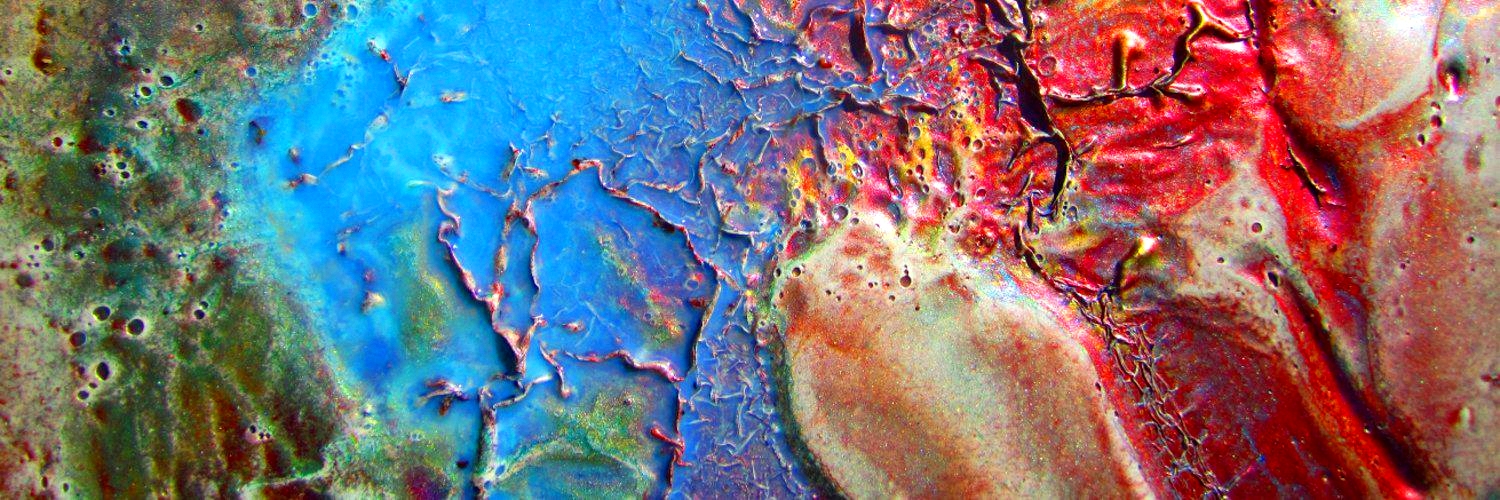
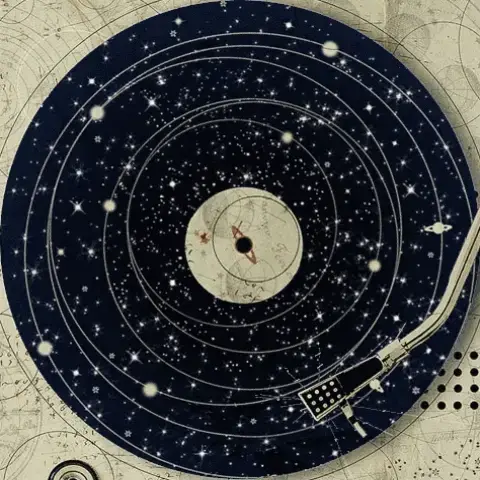
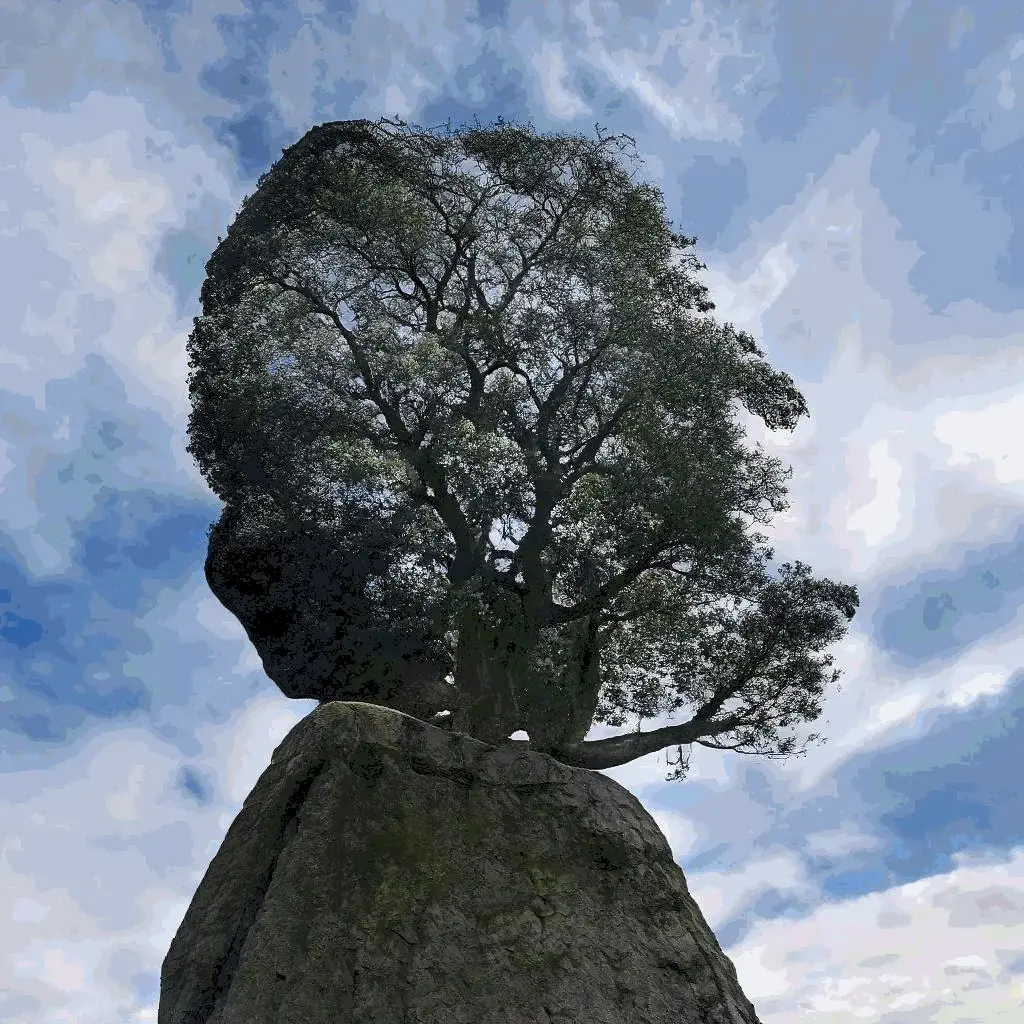


You’re welcome, and I agree!